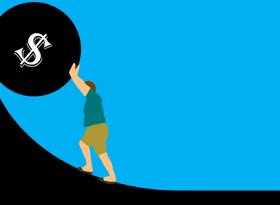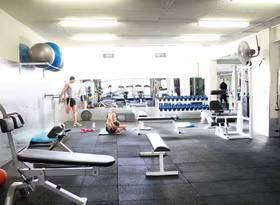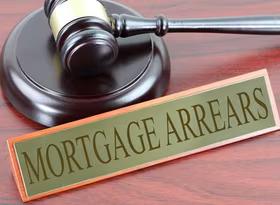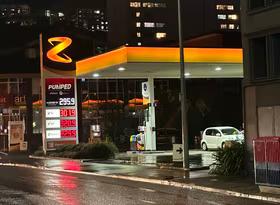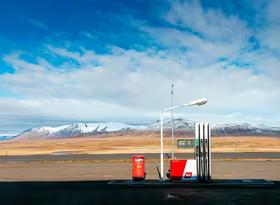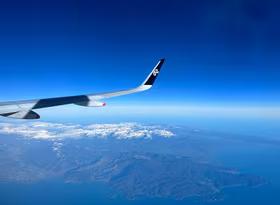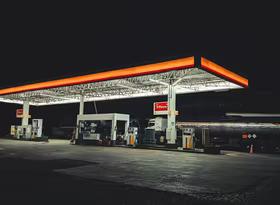Capital costs the public transport killer
Regular viewers of Top Gear will have seen the lads’ recent attempt at building a low-cost "train" from a converted Audi towing four caravans. The challenge stemmed from figures showing that the vast majority of British commuters’ travel by car rather than public transport. Singling out rail, James May said that "train tickets are enormously expensive -because trains are enormously expensive to build."
Wellington train commuters will probably be thankful that the Regional Council chose to purchase the new Matangi units rather than follow the Top Gear example. Butte cost of the new trains, at nearly $5m per double-unit, is not trivial. There’s a lot of capital tied up in the public transport system that demands return.
A couple of months ago in this column I wrote about the cost of public transport, questioning why Wellington face much higher public transport rates component than people in other parts of the country. In examining the dual goals of public transport, to reduce peak congestion and provide transport options for people unable to drive themselves, I stated that peak-time commuters were probably subsidising off-peak bus and train users. A number of people subsequently pointed out that the capital cost of ensuring sufficient bus and train capacity at peak time was expensive. Aits most extreme, crowded buses on a morning peak route could add pressure for another bus to be added, but that bus might only get used for one hour every weekday.
So the relative costs of providing peak and off-peak services are unclear, but the strong positive correlation between commuter use of public transport and ratepayer costs suggests that the capital cost of public transport provision is the primary determinant of overall cost. In other words, the greater the number of people that use public transport to commute, the more that ratepayers are forced to subsidise it. If that is the case, the value placed on congestion reduction should be a key factor determining the appropriate level of public transport provision.
Among the feedback I received, another significant point related to the differing subsidy for train and bus services. NZTA aims for passenger fares to meet 50% of transport costs. Bus costs include all operating and capital costs as well as an implicit allowance for reading network costs, which are captured by the road user charges paid on diesel vehicles. In contrast, train costs have historically only included operating costs – capital and network costs have mostly been met through additional central government funding. So the total taxpayer and ratepayer subsidy on the provision of rail services is much larger than for bus services.
Over the last few years, both Wellington and Auckland have received massive funding to upgrade their rail networks and fleet. Christchurch’s vision for rebuilding includes light rail. Yet even in a large and reasonably dense city with well-patronised rail services such as Sydney, fare revenue fails to cover the system’s operating costs. What hope is there for the genuine viability of rail in New Zealand’s relatively small urban centres?
The combination of high capital and network costs is not unique to rail. The cost of building Wellington’s trolleybuses and maintaining the overhead wire network means that the implied cost for each tonne of carbon dioxide saved is around 20 times higher than a current “normal" price for greenhouse gases. So the environmental justification for the trolley buses is flimsy.
One of the most interesting responses I got was from a regular correspondent who suggested better utilising the vast amount of capital tied up in private vehicles. A quick glance around during the daily commute shows that a large proportion of cars have only a single occupant. Increasing the number of people per car could significantly reduce congestion, and slashing petrol and parking costs by between a half and three-quarters would surely be attractive to most people.
So why don’t more people carpool? Coordination issues and inconvenience are clearly factors. The provision of company cars and car parks also means that some people don’t have to pay their transport costs so would get no benefit from carpooling. But if the average commuter was legally allowed to pull up at a bus stop, pick up three random passengers who were going to the same area, and charge them each a small fee, utilisation of the private vehicle fleet would probably be significantly greater. Peak demands on the public transport system would also be smoothed out.
Effective transport relies on good decisions about capital investment and utilisation, whether it be trains, buses, or cars. Incentives for carpooling or deregulation around commuter "taxis" may sound far-fetched, but the ideas make a lot more sense than trying to build cost-effective "trains" out of a few old caravans.
